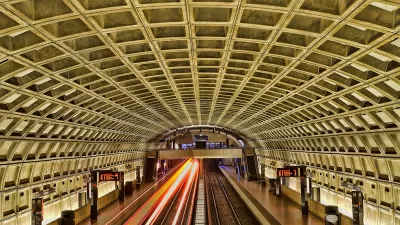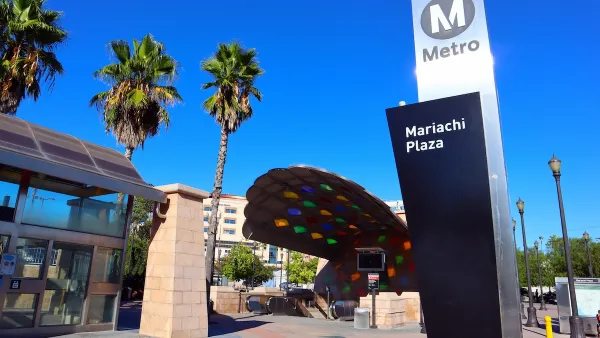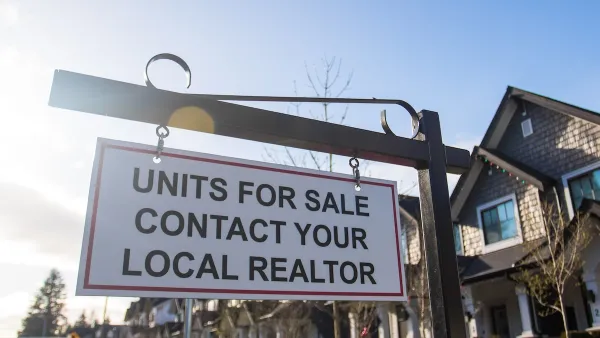Gentrification is happening faster than our ability to track it via census data. What is rental data telling us now?
A study done by Governing magazine found a 20 percent gentrification rate for census tracts in the past decade in the largest 50 cities in the country, a greatly accelerated rate from the previous decade. One writer has noted that while this is an increase over past rates of gentrification, a 20 percent gentrification rate still means that 4 of 5 low-income neighborhoods are not gentrifying. While these are basic, straightforward conclusions to draw from the Governing study, there are a few huge, inter-related problems with the underlying study in being able to adequately describe our current round of gentrification.
The Governing study, and most quantitative studies of gentrification, use rising home prices as the primary indicator of gentrification. This is fairly standard practice and therefore not a problem unique to the Governing study. But the current round of gentrification is driven by the rental housing market, not the homeownership market.
FULL STORY: Gentrification Is More Widespread Than We Think

Planetizen Federal Action Tracker
A weekly monitor of how Trump’s orders and actions are impacting planners and planning in America.

Restaurant Patios Were a Pandemic Win — Why Were They so Hard to Keep?
Social distancing requirements and changes in travel patterns prompted cities to pilot new uses for street and sidewalk space. Then it got complicated.

Map: Where Senate Republicans Want to Sell Your Public Lands
For public land advocates, the Senate Republicans’ proposal to sell millions of acres of public land in the West is “the biggest fight of their careers.”

Maui's Vacation Rental Debate Turns Ugly
Verbal attacks, misinformation campaigns and fistfights plague a high-stakes debate to convert thousands of vacation rentals into long-term housing.

San Francisco Suspends Traffic Calming Amidst Record Deaths
Citing “a challenging fiscal landscape,” the city will cease the program on the heels of 42 traffic deaths, including 24 pedestrians.

California Homeless Arrests, Citations Spike After Ruling
An investigation reveals that anti-homeless actions increased up to 500% after Grants Pass v. Johnson — even in cities claiming no policy change.
Urban Design for Planners 1: Software Tools
This six-course series explores essential urban design concepts using open source software and equips planners with the tools they need to participate fully in the urban design process.
Planning for Universal Design
Learn the tools for implementing Universal Design in planning regulations.
Heyer Gruel & Associates PA
JM Goldson LLC
Custer County Colorado
City of Camden Redevelopment Agency
City of Astoria
Transportation Research & Education Center (TREC) at Portland State University
Camden Redevelopment Agency
City of Claremont
Municipality of Princeton (NJ)





























